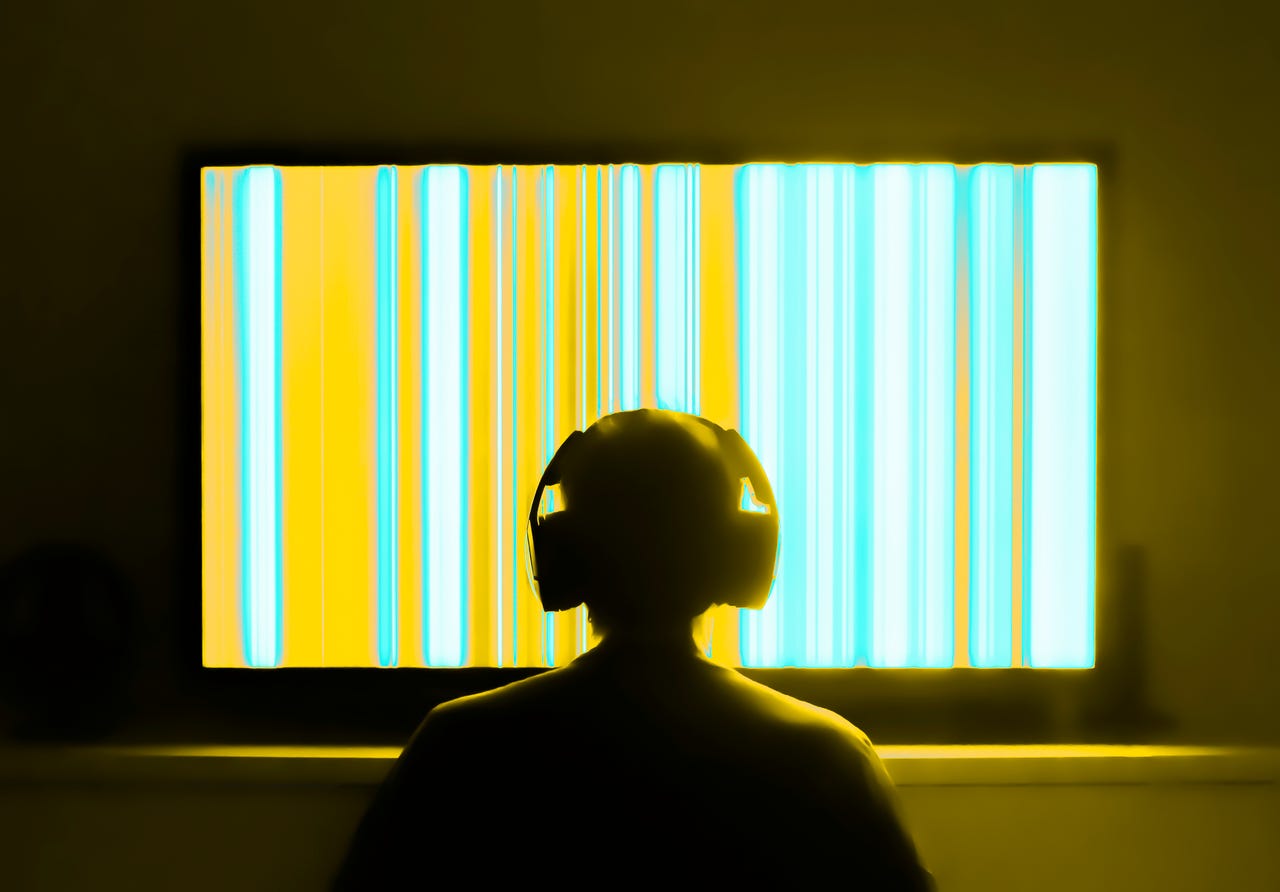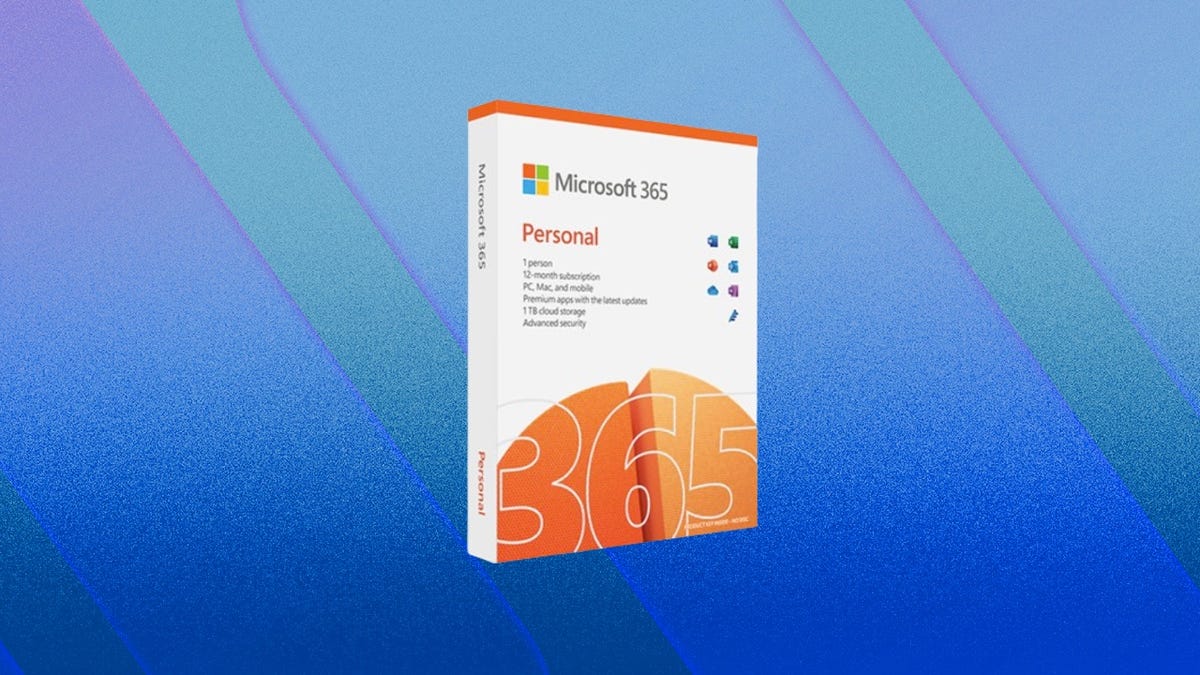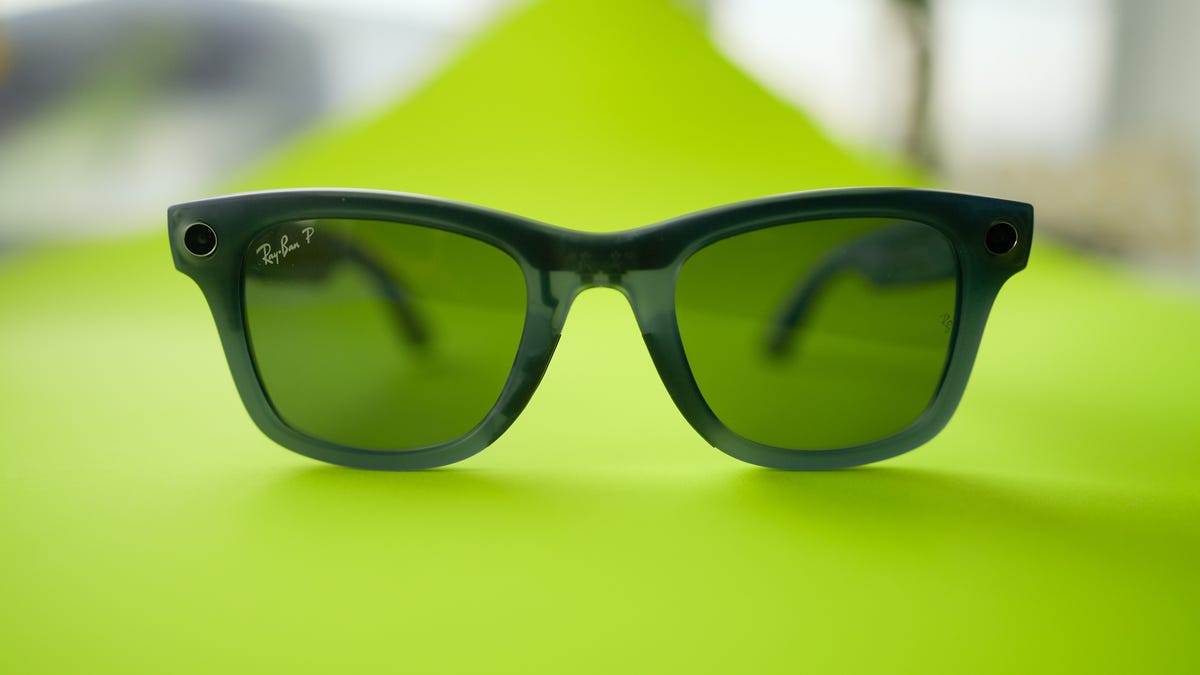BOOK THIS SPACE FOR AD
ARTICLE AD
Any internet-connected device can be hacked -- it's that simple. But when it comes to smart TVs, your device comes pre-hacked.
Smart TV vendors, streaming services, and device manufacturers collect personal data. With TVs, this process happens even if you don't sign in to a particular service.
Also: The best live TV streaming services for cord cutters
Worse still, as far as I can tell -- and I've checked -- you can't stop the data snooping. The best you can do is cut it down by turning off Automatic Content Recognition (ACR). With ACR, your smart TV "watches" and "listens" to every show on your screen.
And when I say "every show", I mean it -- over-the-air, cable, streaming services, DVDs, Blu-ray discs, videos from a home video server, or even internet porn. ACR watches and listens by constantly pattern-matching video frames and audio snippets against an audio and visual database.
Another popular way for companies to monitor what you're watching is Advertisement Identification (AdID). AdID is a unique code of letters and numbers that identifies every television commercial. In and of itself, AdID is harmless. Used in concert with other collected data, however, it's another way companies can look over your shoulder.
You can say no to some data collection, but it's not easy. Sure, you paid hard cash for your TV, but manufacturers and tech companies can also make money from your personal information -- and they intend to do just that.
Television companies have been undertaking this practice for years. In 2018, Vizio settled a class-action lawsuit for violating the Video Privacy Protection Act (VPPA). In theory, this action stopped TV vendors -- and anyone else -- from sharing your viewing history unless you give express consent. In practice, the vendors make it hard to tell them "no" when you first turn on your TV and even harder to change your mind afterward.
Also: How to mirror your Android phone to a TV - 3 easy ways
Finally, just like with Amazon Alexa, Google Assistant, and Apple Siri devices, any TV you enable to use your voice will listen to you. If you think the convenience of voice control trumps privacy, use these services. If not, turn them off. It's that simple.
Here are the basics of how to keep as much of your data to yourself as possible. I cover how to turn off ACR and other data-snooping programs on Amazon Fire TV sets and Fire TV Sticks, Google TV televisions, Roku streaming players and TVs, and stand-alone smart TV sets from LG, Samsung, Sony, and Vizio.
Amazon Fire TV
In addition to Amazon Fire TV-labeled televisions and devices, Amazon Fire is also inside Hisense, Insignia, and Toshiba televisions.
To turn off Amazon's ACR on your television or streaming device, visit Settings > Preferences > Privacy Settings > Automatic Content Recognition.
Also: How to turn your old Fire tablet into an Echo Show
Amazon Fire also collects a lot of other data. To restrict those processes, go to Settings > Preferences > Privacy Settings. There you'll find Device Usage Data, Collect App and Over-the-Air Usage, and Interest-Based Ads turned on by default. Turn them off. You can also reset your advertising ID. Do so often to keep the advertisers off your back.
Google TV
Companies like Hisense, Philips, and TCL offer the Google TV experience. If you haven't been paying close attention, you might think Google TV is just a new brand name for Android TVs. Close, but no cigar. Google TV runs on top of Android TV and has more advanced features.
Google doesn't use ACR on either platform. However, Google has other ways of getting your data, like restricting what you can do if you don't play ball. For example, when you first set up Google TV, you can't use any smart TV functionality if you don't allow Google to snoop. Instead, you get a "Basic TV," which can be incredibly annoying.
Also: The best TV antennas to buy in 2024
You can restrict some targeted advertisement data collection in Google TV. Go to Settings > Privacy > Ads. Once there, reset your AdID and delete your ad data. On Android TVs, you can usually do the same thing via Settings > Device Preferences or Settings > About > Legal Information.
Google TV vendors also like to add their own spin to handling your privacy. These approaches are independent of each other. So, for example, if you discourage Google TV from tracking you, that doesn't stop Hisense and Sony from tracking you. You have to block their ad and ACR services, too.
LG
LG televisions, which run on the Linux-based operating system WebOS, use ACR on all their models. Annoyingly, my research suggests each new model has a slightly different layout for the privacy settings.
Try the following. First, go to Settings > All Settings -- yes, I know that doesn't make sense, but that's the pathway. Next, go to General > Live Plus and turn it off. Or, try Settings > All Settings > Support > Privacy & Terms. From here, you can also adjust your advertising settings.
Roku
Everyone knows Roku thanks to its long list of popular streaming devices. But now, in addition to its namesake televisions, Roku's software is also available on Hisense, Insignia, and TCL televisions.
Also: Your Roku TV will be unusable if you don't agree to the company's new terms
Give ACR the boot by heading to Settings > Privacy > Smart TV Experience. Once there, turn off "Use Info: from TV Inputs." Unfortunately, if you do this, you'll switch off "Enable Auto Notifications" and the "More Ways to Watch" function. This useful feature lets you return to the beginning of many live shows, even if you started watching the program midway through. From Settings > Privacy > Advertising, you can fine-tune your ad experience.
Samsung
Like LG, Samsung uses its Linux variant, Tizen, to power its televisions. To control your privacy, head to Settings > Support and scroll to Terms & Policies. You can then turn off Viewing Information Services, Samsung's term for ACR. You'll find the advertising controls under the self-explanatory internet-based advertising.
Vizio
All modern Vizio TVs use Google's Chromecast technology under the name SmartCast. I could dig into the privacy details of how Google and Vizio's tech works together, but there's little point. If you opt out of Vizio's defaults, you can't use SmartCast, which means you can't use much of your television's Smart TV functionality. The bottom line is Vizio is your worst choice if you value your privacy.
The simple truth is that you pay a serious privacy price with any smart TV. I wish it were otherwise, but it is what it is. We're a long, long way from rabbit ears and tin-foil antennas. In return for giving us access to more shows than we'd ever dreamed of, we pay with our money and privacy. The best we can do is have some control over exactly how much of our data we hand over.
.png)
 8 months ago
84
8 months ago
84 














 Bengali (Bangladesh) ·
Bengali (Bangladesh) ·  English (United States) ·
English (United States) ·